(NLDO) - Only 64.5 light years from Earth, scientists have identified a giant planet with a toxic and "smelly" atmosphere.
According to Science Alert, the newly discovered "smelly" planet is named HD-189733b, a "hot Jupiter" with temperatures up to thousands of degrees Celsius.
It is one of the most extreme exoplanets in our Milky Way galaxy.
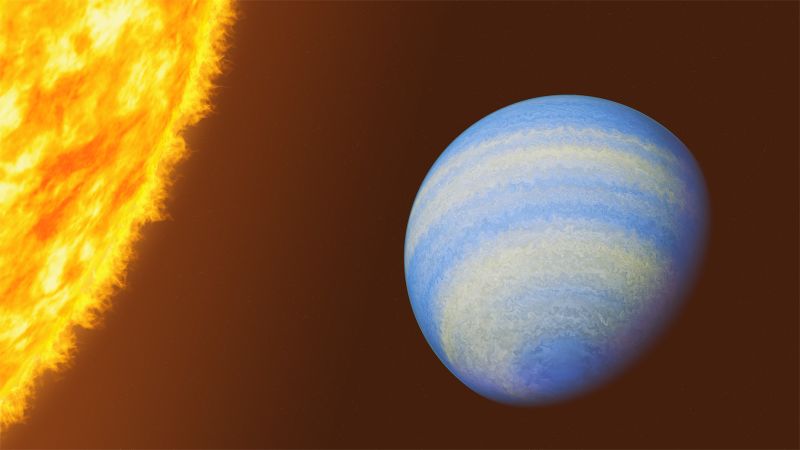
Illustration of the "stinky" and toxic exoplanet HD 189733b - Graphic: JOHN HOPKINS UNIVERSITY
Astrophysicist Guangwei Fu from Johns Hopkins University (USA), co-author, said that HD-189733b was first identified in 2005, but at that time scientists did not fully understand its nature.
Now, the giant planet's atmosphere is clearly illuminated by the "eyes" of the world's most powerful space telescope, James Webb.
From there, "death" appeared.
Published in the scientific journal Nature Astronomy, the authors said James Webb found signs of abundant hydrogen sulfide (H 2 S) gas in the planet's atmosphere.
In addition to hydrogen sulfide, they found water, carbon dioxide (CO 2 ), and carbon monoxide (CO).
Aside from water, the three gases mentioned above are certainly not life-friendly — something the authors did not expect to find on this hot world.
However, the presence of H 2 S makes the planet special.
In the solar system, a large planet called Uranus is also full of this gas. And fortunately, it is far enough away that no one would ever think of setting foot on it.
Because H2S not only has a characteristic "strong" rotten egg smell, but is also a toxic gas, even low concentrations are enough to cause eye irritation, headaches, nausea...
At high to very high concentrations, people who inhale H2S gas can experience nerve paralysis, cardiac arrest, and death within minutes or even immediately.
Still, for a planet so far away, the discovery is exciting, showing how diverse and bizarre planetary worlds can be.
They also studied the metallicity of the atmosphere, the concentration of elements heavier than hydrogen and helium. They found that the metallicity of this world is three to five times higher than that of its parent star, a finding that reveals something about how exoplanets form.
At just 64.5 light years from Earth, it's an exciting world to continue studying.
“These findings support our understanding of how planets form through the creation of more solid material after the initial core formation and then naturally enhanced with heavy metals,” the authors said.
Source: https://nld.com.vn/lo-dien-hanh-tinh-tu-than-ngui-khong-khi-du-nhiem-doc-196240711112233151.htm









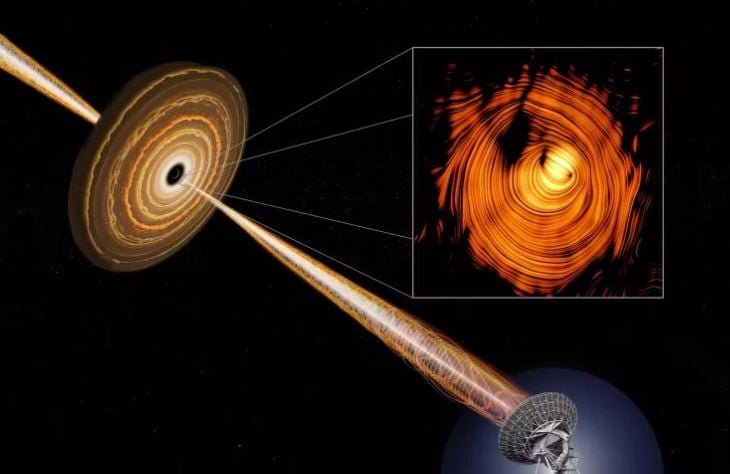

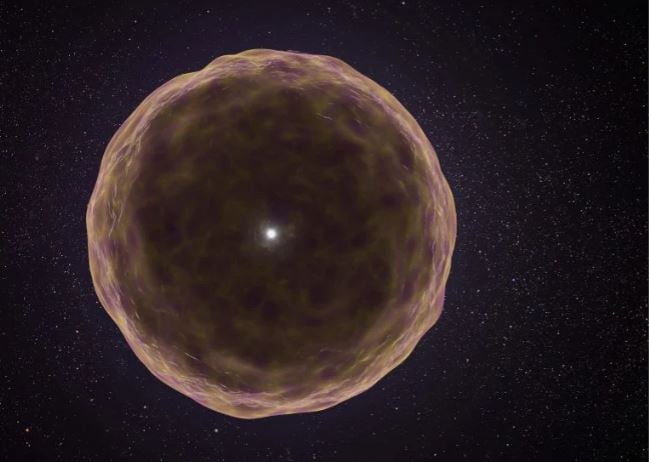
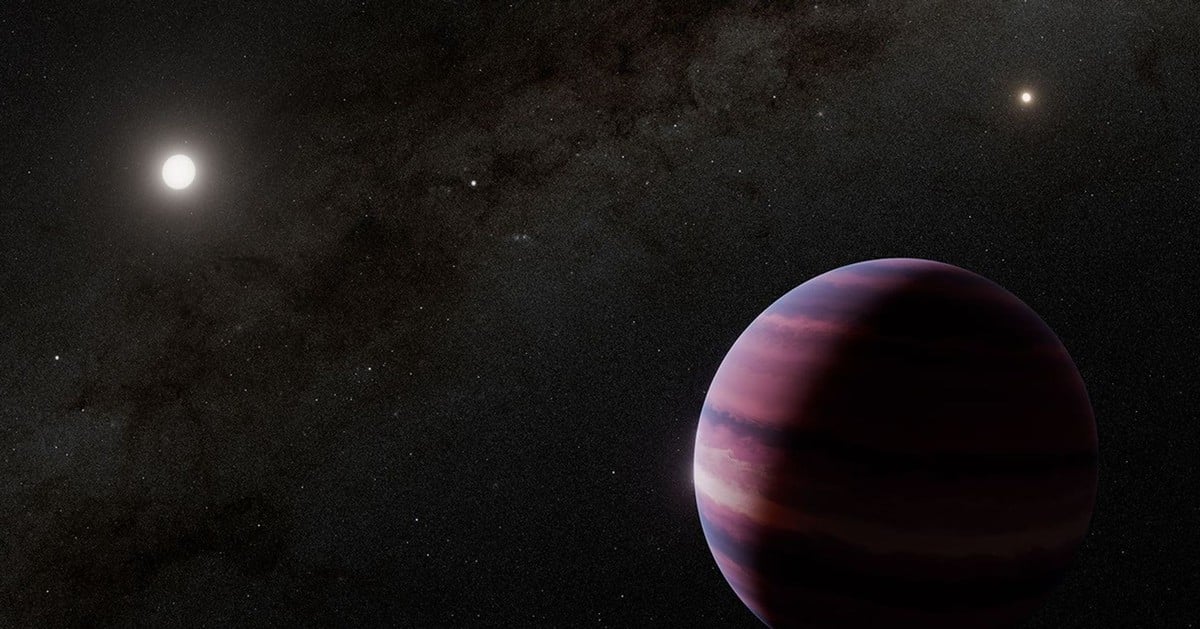



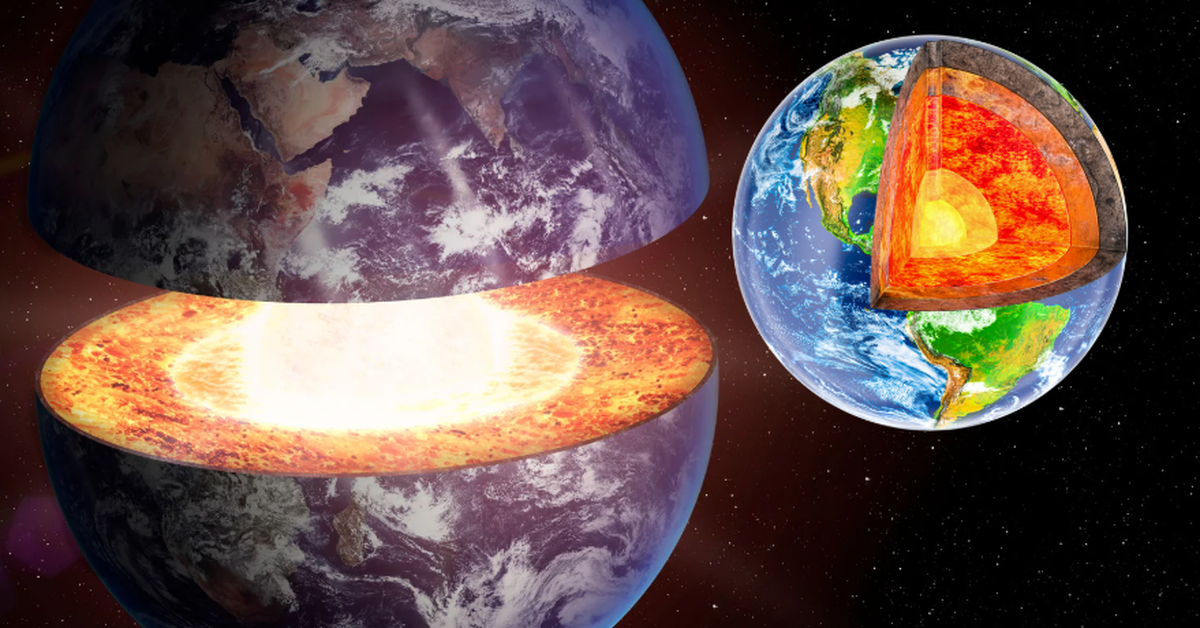
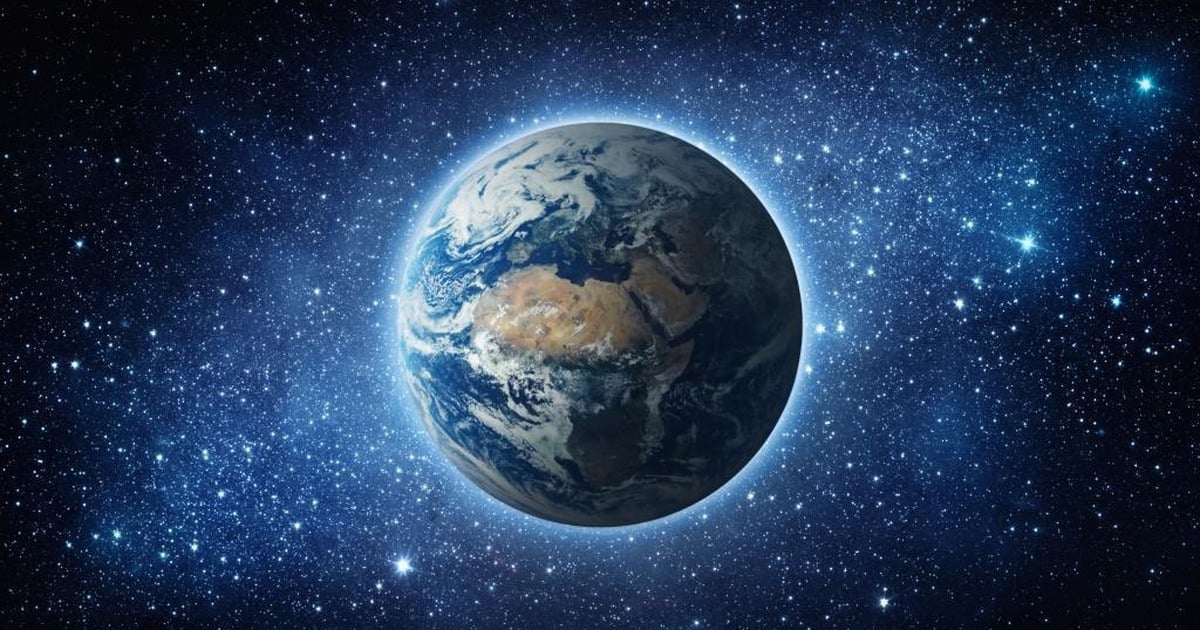
























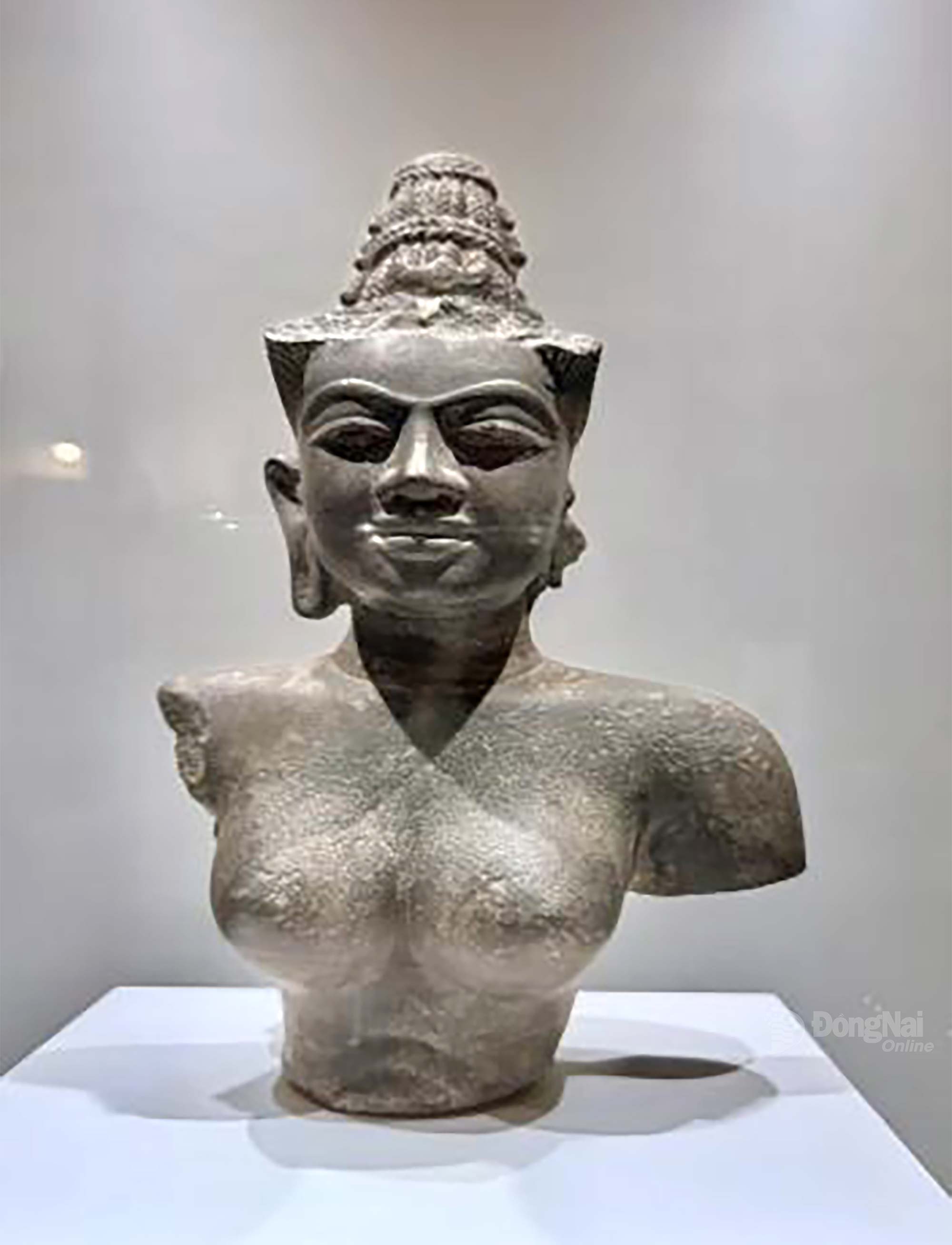

















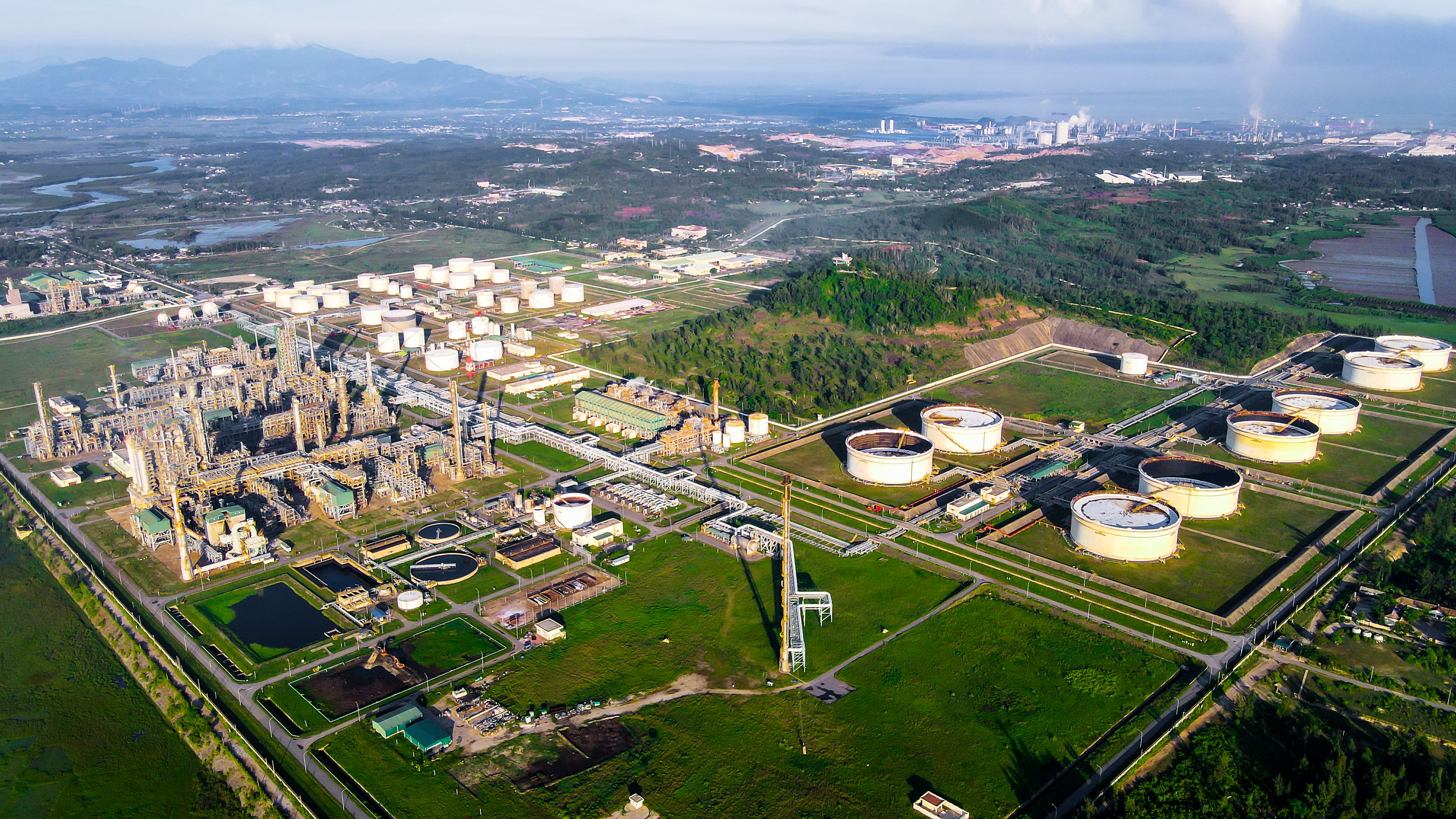









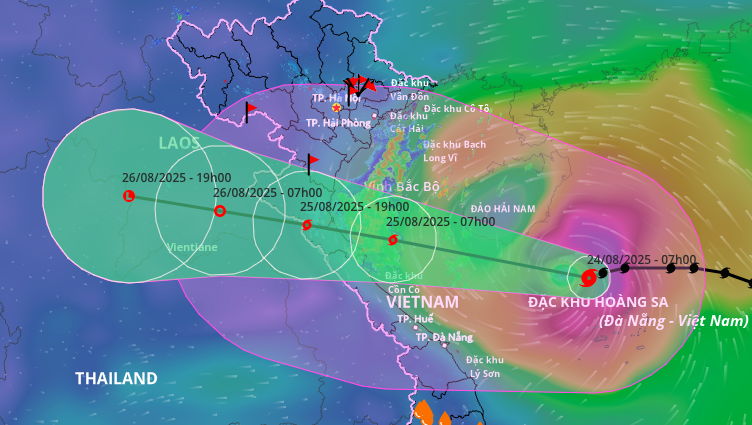


































Comment (0)